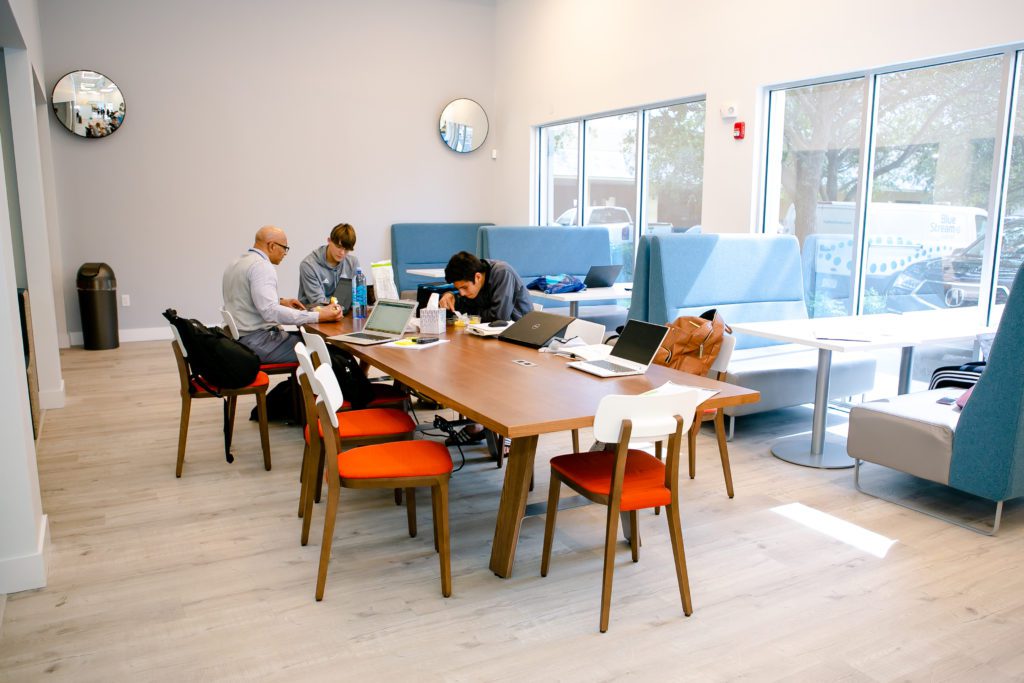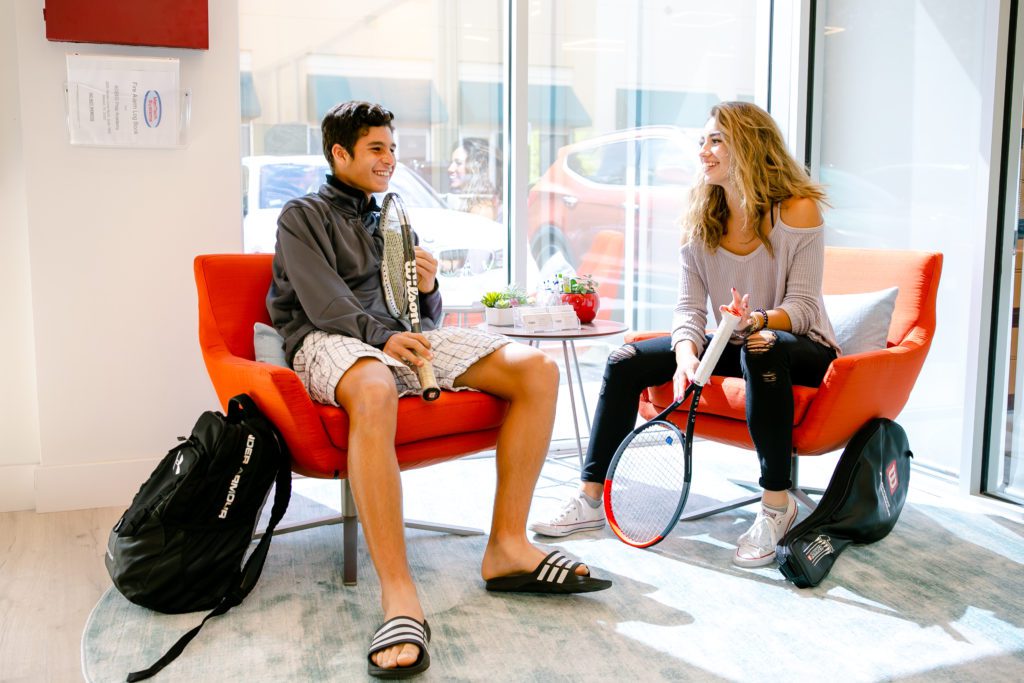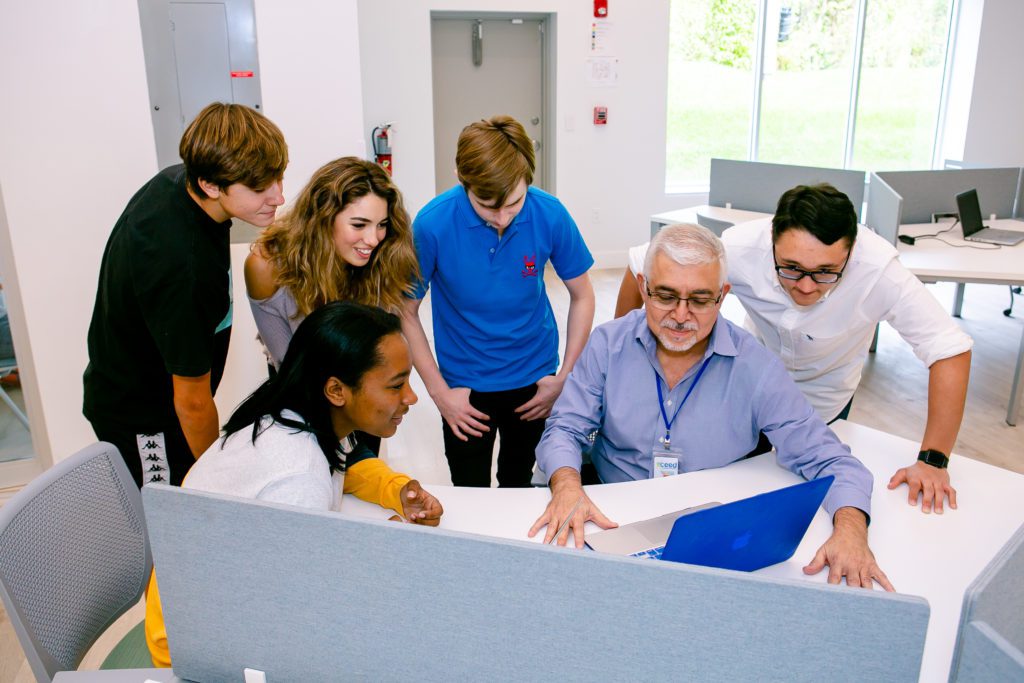Flexible Learning Spaces Foster Student Achievement



You know how they say that a messy room is tied to a messy mind? Well, the same could be said of a dreary classroom. Harsh fluorescent lights and a monotonous setup lead to bored, lethargic, and uninspired thinking.
Fortunately, at Xceed Preparatory Academy’s campuses, we did our research before designing the layouts and purchasing furniture and equipment.
Research confirms that a student’s physical environment can have a significant impact on learning. Scientists have found that certain design decisions, such as incorporating flex spaces and natural lighting, can lead to increased focus, energy, creativity and relaxation.
Daylight synchronizes our sleep-wake cycle or circadian rhythm. This enables us to sleep at night and be awake during the day. A study of Swedish schoolchildren showed how the low amounts of daylight in a classroom affected the students. Children were placed in different classrooms with different levels of natural light. The rooms with decreased natural light had interfered in the childrens’ circadian rhythm.
Another study, in a school district in Capistrano, California, observed students over a year. The students who were in classrooms with more sunlight advanced 26% faster in reading and 20% faster in math.
An abundance of natural daylight is one factor in a flexible learning space. This type of space supports a variety of teaching methods and learning experiences through it’s physical design.
“Flexibility fosters different teaching and learning styles. Not all faculty can–or should–use the same instructional style. Pedagogies should be tailored to the subject, the learners, and the intended outcomes. Student needs and learning preferences vary as well. Spaces that are flexible, accommodating different approaches and uses, improve the odds for effective learning,” Diana G. Oblinger, founder of EDUCAUSE Learning Initiative, wrote in her book, “Learning Spaces”.
Flexible learning spaces can look like mobile or adjustable collaborative desks and chairs, soft seating, and/or decentralized technology. The idea is that these spaces are adaptable to the student and not the other way around. The benefits of this flexibility ranges from empowering students and providing them comfortability to increasing engagement and boosting bloodflow to the brain.
Schools like Xceed Prepratory Academy have proven the success of innovative work environments. From whiteboard walls and tables to large, glass windows to let as much natural light in as possible, Xceed invites students into a collaborative learning space while ensuring that students’ individual growth is prioritized.
Interested in touring one of our campuses? Fill out a private tour request form here.